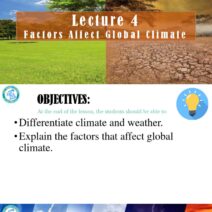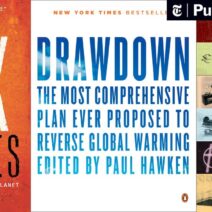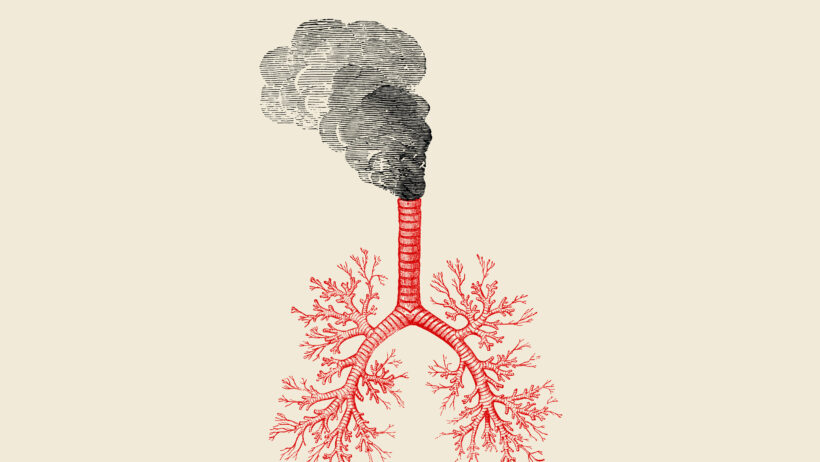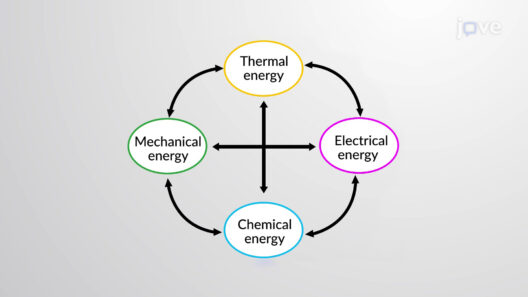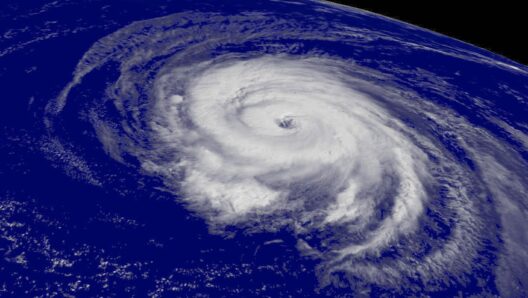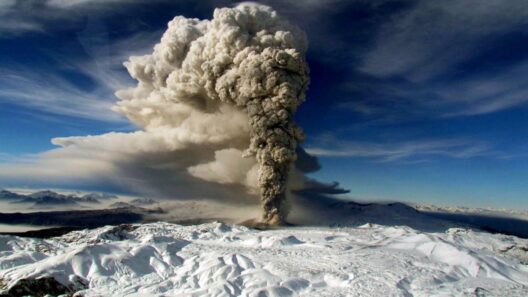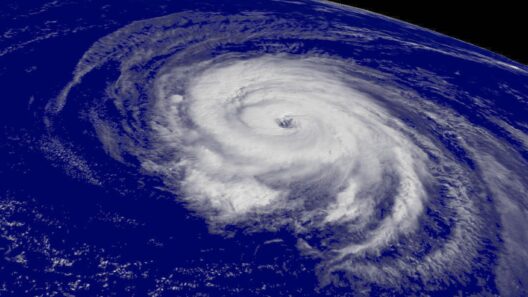Air pollution and global warming are two of the most pressing environmental issues of our time, often portrayed as distinct adversaries battling for attention in the global psyche. However, their interconnectedness is profound, akin to the threads in a complex tapestry, where each thread contributes to a larger picture. To understand the intricate relationship between air pollution and global warming, one must look beyond surface-level perceptions and delve into the mechanisms connecting these phenomena.
Historically, air pollution has been characterized by the noxious emissions from industrial smokestacks, vehicle exhaust, and agricultural practices that cloud our atmosphere. This obscured our view of the planet’s delicate balance, fostering a climate in which both human health and natural ecosystems suffer. However, the disaster we face is not merely a tale of contamination; it is a symbiotic relationship where air pollution serves as both a catalyst and a consequence of climate change.
At the heart of this relationship are greenhouse gases, such as carbon dioxide (CO2) and methane (CH4), which trap heat within the atmosphere, leading to global warming. Yet, the story does not end there. Air pollution comprises a mixture of harmful substances, including particulate matter and black carbon, that contribute to both local environmental degradation and broader climatic shifts.
Consider particulate matter, those minuscule particles that infiltrate our lungs and arteries, and simultaneously contribute to atmospheric warming. When released into the air—primarily from vehicles, industrial processes, and burning fossil fuels—these particles have a dual role: they obscure sunlight, temporarily cooling the atmosphere, but they also interact with greenhouse gases, ultimately amplifying their effect on climate change. It is a paradox where the essential cooling effects of air pollution result in a longer-term warming trend that exacerbates the challenges of global warming.
Black carbon, a significant component of particulate matter, serves as a prominent example of this interplay. This dark material absorbs sunlight and heats the surrounding air, creating a local warming effect that accelerates the melting of glaciers and ice sheets. As these ice reserves dwindle, they contribute to rising sea levels, posing threats to coastal communities around the globe. This vicious cycle illustrates how air pollution not only clouds our skies but also drives the very forces that lead to climate change.
Moreover, ozone, a secondary pollutant formed through chemical reactions between volatile organic compounds (VOCs) and sunlight, complicates the tapestry even further. While ground-level ozone can negatively impact health and crop yields, its role as a greenhouse gas cannot be overlooked. Ozone traps infrared radiation, warming the atmosphere and thereby contributing to the climate crisis. In essence, we find ourselves ensnared in a web where air pollution acts as both the spider and the fly; as one suffers, the other ensnares its prey.
Transitioning from the physical manifestations of pollution to its sociopolitical ramifications reveals the urgent need for comprehensive policy action. The link between air pollution and global warming underscores the necessity for a holistic approach to environmental policy. Mitigating air pollution requires us to simultaneously address climate change; doing so could yield a healthier population and a more stable climate.
Innovative interventions, such as the promotion of renewable energy sources, can significantly alter the trajectory of both air quality and global warming. Transitioning from fossil fuels to solar, wind, and hydropower drastically reduces emissions of CO2 and other harmful pollutants, resulting in cleaner air and a cooler planet. Cities that invest in public transportation and sustainable urban planning can mitigate the sources of air pollution while concurrently enhancing community resilience against climate change. This dual benefit creates a powerful narrative for sustainable development—the opportunity for a win-win outcome that improves our skies and our planet.
Yet, the road ahead is fraught with challenges. Industrial sectors resistant to change, budgetary constraints, and societal apathy can stymie progress. Raising awareness is crucial. Individuals, communities, and governments must recognize their roles in both mitigating air pollution and combating global warming. Every action counts; whether advocating for policy change or adopting cleaner technologies at home, collective engagement can construct a broader movement toward environmental justice.
Envision a world where the air is devoid of harmful particles, where communities flourish under a vibrant sun, liberated from the shadow of pollution. This vision is attainable, but it requires commitment and vigilance. The battle against air pollution is not an isolated struggle; it is intertwined with actions taken to address climate change. We must challenge the status quo, confront powerful interests, and embrace sustainable practices with both fervor and resolve.
In conclusion, air pollution does indeed drive global warming, creating a complex, interwoven narrative that demands our immediate attention. By understanding their relationship and addressing them in concert, we can forge a path towards a healthier planet and a brighter future. The stakes are nothing less than our survival, and the time to act is now. As stewards of the Earth, we hold the power to rewrite our story—one that prioritizes clean air, a stable climate, and a sustainable legacy for generations to come.
